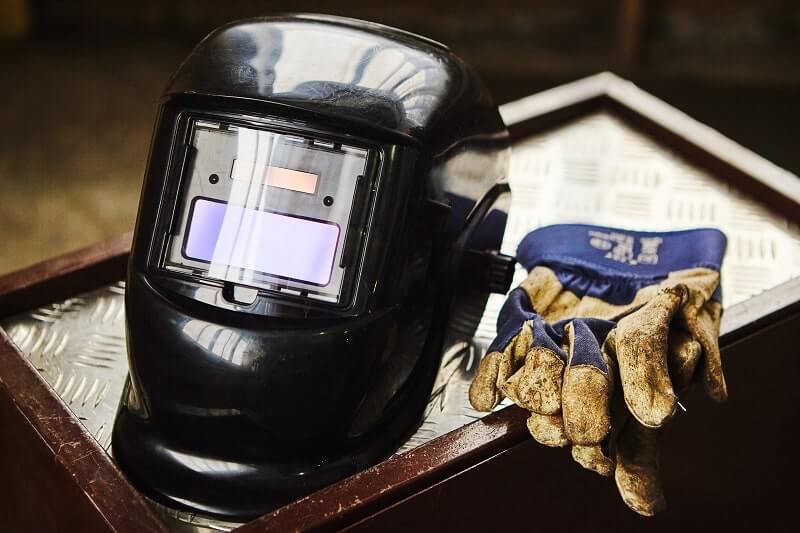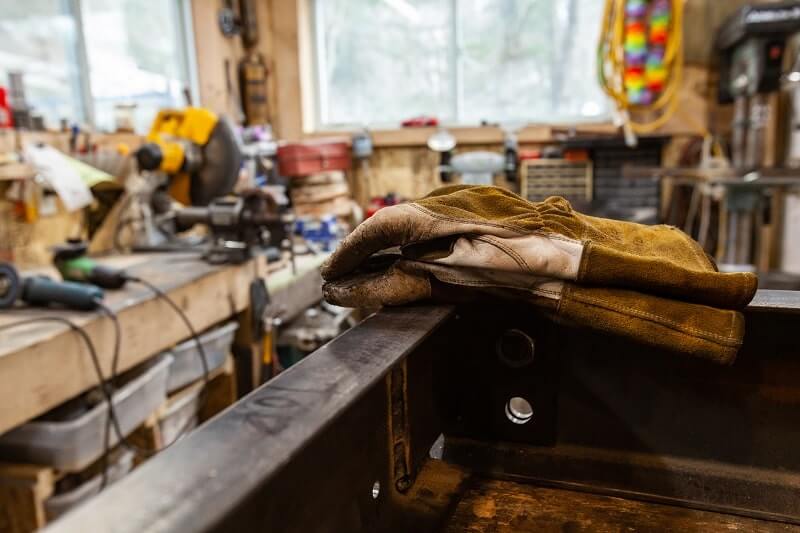
Apex Student Spotlight: Tyree Damian Joshua
In today’s competitive job market, specialized skills and credentials are crucial. Trade schools like Apex Technical School in New York City offer the
Protection is one of the first things individuals in the welding industry learn about their trade. Welding protective gear can help keep the skin, eyes, hair and face safe from the task at hand. At Apex, we require safety gear for welding students in the shop, where students engage in hands-on learning with welding tools and equipment. Keep reading to learn about the types of PPE required for welding—from professional welding helmets to protective hand gloves and more.
Welding requires personal protective equipment (PPE) to keep the welder safe from hot metal, bright light and UV radiation. Different types of welding may call for various types of gear. Common types of welding protective gear found in the industry include:
Welding protective gear for the eyes helps shield against ultraviolet radiation, flying particles, debris, sparks, intense light, irritation and chemical burns. Eye injuries can occur from bright welding light; therefore, welders should wear helmets fitted with a shade appropriate for the type of welding they are doing.
If a welder is not wearing a welding helmet with an eye shield, he or she should wear safety goggles with side protection to prevent particles and debris from entering the goggles and damaging the eyes.

Insulated gloves protect against electric shock, heat, burns and fires. Protect the wrists and forearms by wearing cuff-style leather gloves with protective sleeves. When kept dry, leather is a good electrical insulator. Gloves also protect the skin against ultraviolet radiation while allowing range of motion and an enhanced grip. According to Engineering 360, three common types of protective hand gloves include:
Related: Common Welding Types

All clothing types aren’t suitable for welding. It’s best to wear clothing made from heavy-weight wool or cotton to protect against ultraviolet radiation and flames. Make sure clothes don’t come into contact with oils or gasoline, as these are combustible and can catch fire easily. Wear high boots to protect the legs, ankles and feet from hot metal sparks.
Do not wear:
Learn more about the Combination Welding Technology Program at Apex Technical School by visiting our program page or by contacting us today.
*Apex Technical School and its instructors are licensed by the State of New York, New York State Education Department.
Disclaimer: Apex Technical School provides training for entry-level jobs. Not everything you may read about the industry is covered in our training programs.

In today’s competitive job market, specialized skills and credentials are crucial. Trade schools like Apex Technical School in New York City offer the

“We don’t leave each other behind. We are a team, we are a unit, we are brothers.” Recent trade school graduate Xsevier Morales

Just as a gamer needs the right skills to level up, a welder needs to understand OSHA guidelines for their safety and success.